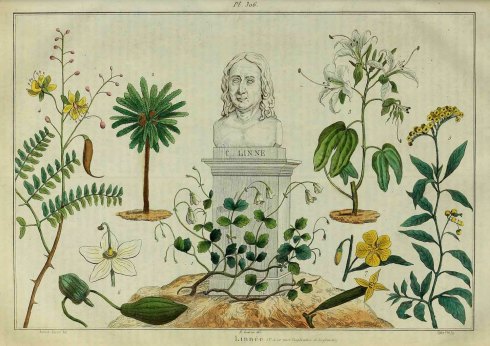We walked through the Salem Woods on this past Saturday and saw fiddleheads along the trail, the prelude to a carpet of ferns. I am embarrassed to admit that I reached this relatively advanced age without realizing that fiddleheads are in fact only a stage of a plant’s development rather than a completely independent full-grown plant. I know of course that nascent ferns (principally Ostrich and Cinnamon in our region) look like fiddleheads, but I thought that fiddleheads were another plant altogether! This was the weekend’s big revelation. I seem to have false childhood memories about fiddleheads too: my mother loved them and loved to cook them, and I have a hazy memory of bowls of buttered fiddleheads all summer long, but that can’t be true, as there are only a few months (chiefly April and May) when they are available. I’ve never been a big fan of fiddleheads on the table, but I like the motif, and I currently have a subtle fiddlehead pattern on my back-parlor couch—I found several artists who were inspired its signature curved form. For this May Day, fiddleheads seem like a very appropriate plant—or frond—to spotlight.






Fiddleheads in flesh in the Salem Woods above, and on fabric below, on my couch and on screen-printed silk fabric by Georgina von Etzdorf, 1991, Cooper Hewitt Museum.



























